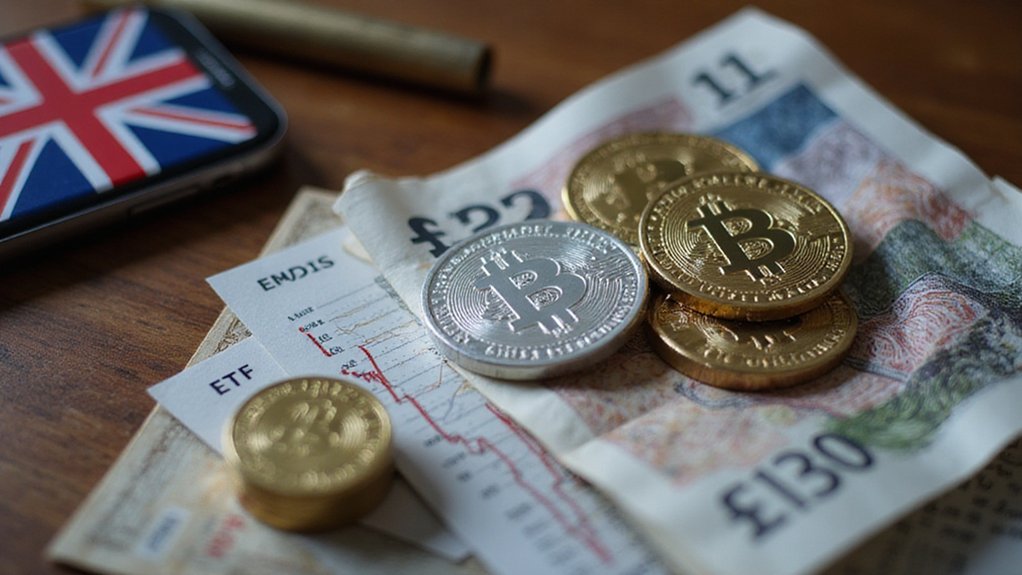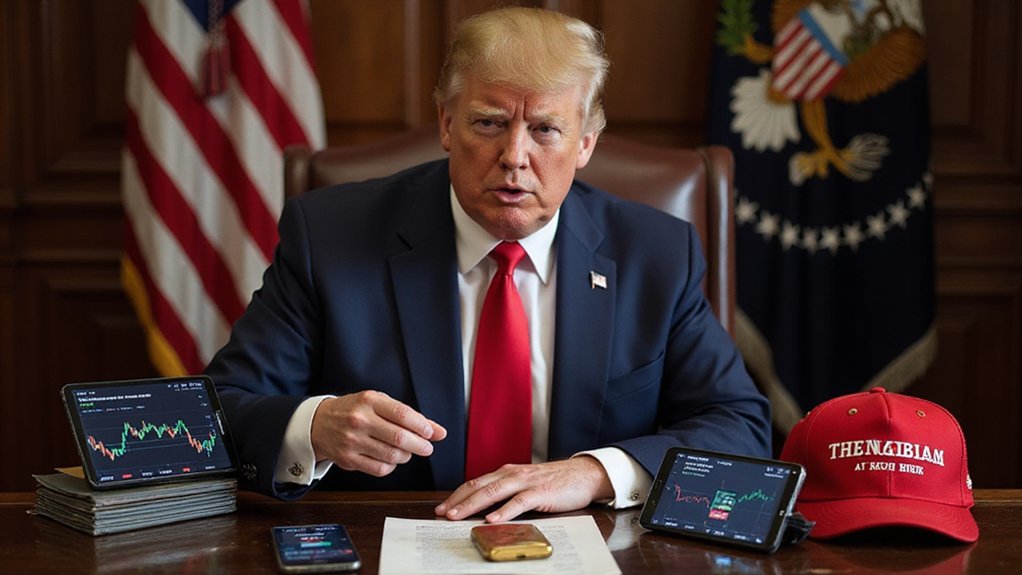The Financial Conduct Authority’s decision to lift its ban on crypto exchange-traded notes for UK retail investors represents a curious about-face from the regulator that once deemed these instruments too perilous for ordinary consumers to comprehend. This reversal—dressed in the language of “rebalancing risk” and consumer choice—suggests either remarkable evolution in regulatory thinking or perhaps acknowledgment that blanket paternalism proved counterproductive.
The 2021 prohibition on retail access to crypto derivatives and ETNs reflected the FCA’s conviction that ordinary investors lacked sufficient sophistication to navigate digital asset complexities. Yet here we stand, three years later, with the same regulator proposing to restore precisely what it deemed so dangerous (though admittedly with enhanced safeguards and risk disclosures that presumably render previously incomprehensible investments suddenly comprehensible).
Regulatory wisdom apparently transforms incomprehensible financial instruments into suitable retail products through the alchemy of enhanced disclosures and time.
The proposal requires crypto ETNs to list on FCA-recognized exchanges—the London Stock Exchange being the obvious candidate—while adhering to UK financial promotion rules. These conditions, coupled with mandatory risk disclosures and restrictions on promotional incentives, represent the regulatory equivalent of safety railings around a cliff edge: helpful, certainly, but hardly transformative of the underlying precipice. Notably, professional investors have already enjoyed access to these instruments since March 2024 through dedicated market segments.
Industry stakeholders have responded with predictable enthusiasm. 21Shares characterizes this as a “landmark moment,” while Kraken celebrates a “major milestone”—language that might seem overwrought for regulatory permission to sell high-risk products, yet reflects genuine relief after years of restrictive oversight. CryptoUK’s hope for “improved consumer protections” adds an interesting twist, suggesting the ban itself may have driven investors toward less regulated alternatives. The move directly positions the UK alongside European markets where crypto ETNs have maintained accessibility for retail participants throughout the period of British restriction. The FCA’s approach contrasts starkly with ongoing debanking efforts elsewhere, particularly in jurisdictions where regulators continue to restrict banking access for crypto-related businesses.
The decision aligns the UK with European jurisdictions where crypto ETNs already trade freely, addressing competitive disadvantages in the digital asset space. Whether this represents genuine regulatory maturation or capitulation to market pressures remains debatable, though the emphasis on “sophisticated jurisdiction” suggests aspirational rather than purely protective motivations.
The FCA’s attempt to balance innovation with consumer protection—that eternal regulatory tightrope—will ultimately be judged not by industry applause but by whether retail investors prove as capable of managing crypto ETN risks as the regulator now apparently believes they are.









